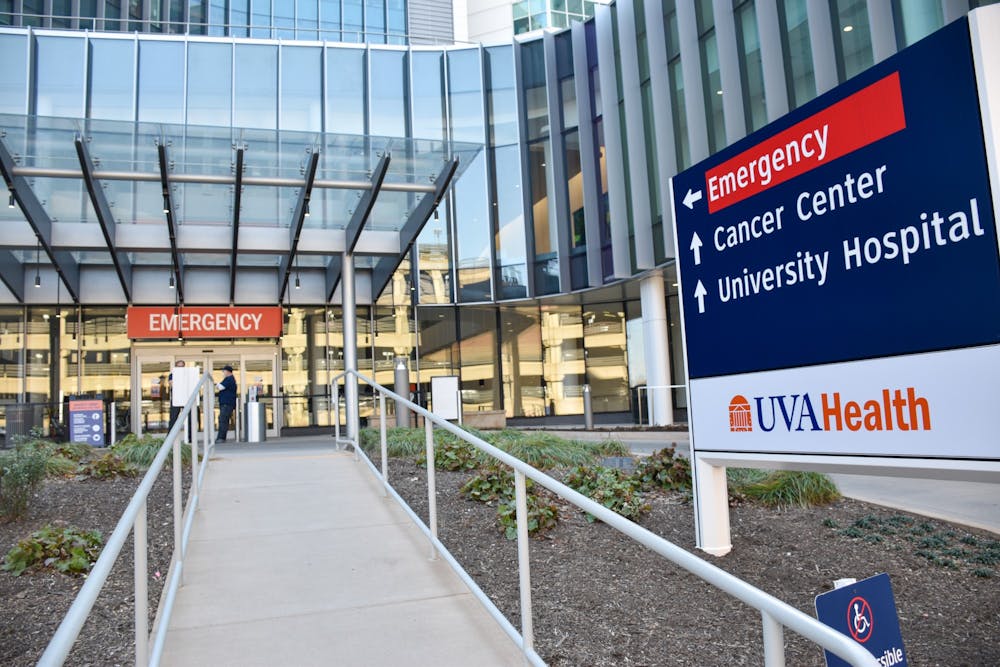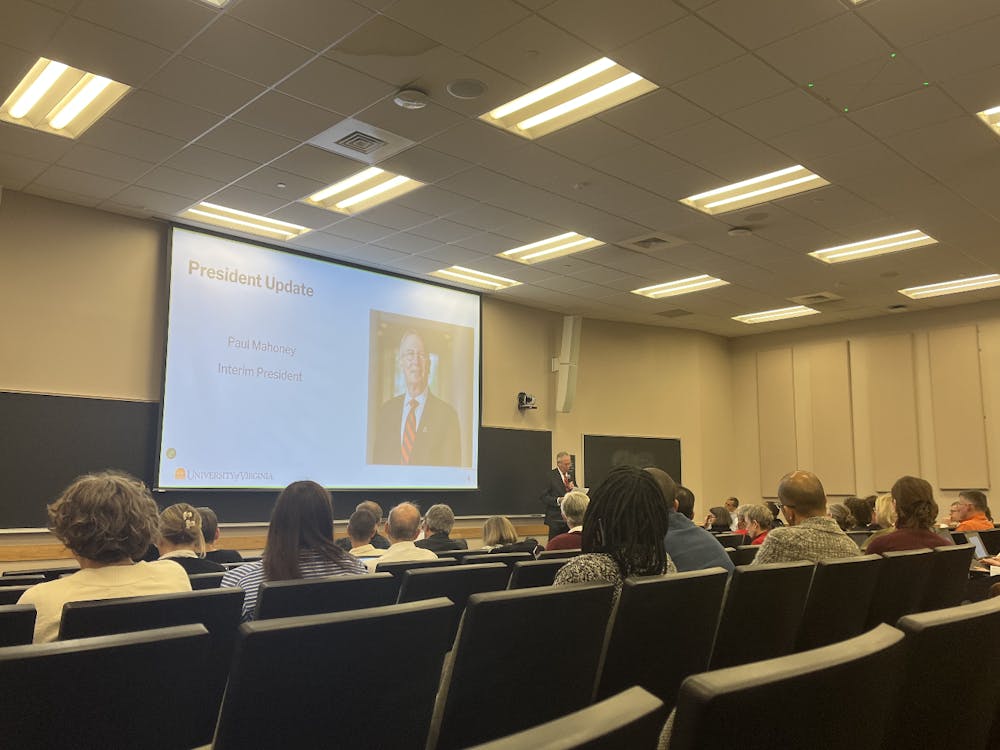Lea en español
A third COVID-19 vaccine manufactured by Johnson & Johnson’s pharmaceutical arm Janssen was approved for emergency use by the Food and Drug Administration Feb. 27. The Blue Ridge Health District, which includes Charlottesville and Albemarle County, began administering the new vaccine to individuals 65 and older March 5.
Virginia received 69,000 doses of the new vaccine March 2 — of which 2,000 went to the BRHD.
“This is good news,” a BRHD March 3 newsletter read. “It means both an increase in supply and more tools to help protect people. The newest vaccine has proven to prevent serious illness, hospitalization and death from the disease.”
Due to limited supply, the BRHD does not expect to receive any more doses of the Johnson & Johnson vaccine for at least two weeks later.
Following Center for Disease Control and Prevention guidelines, the Virginia Department of Health is distributing vaccines to Virginians over a series of phases while vaccine supply is still limited. Currently, the BRHD is distributing vaccines to those in both phases 1a and 1b — with priority to the former — and will expand distribution as vaccine supply becomes more readily available.
The first phase is 1a, which includes healthcare personnel and residents of long-term care facilities. The next phase, 1b, includes frontline essential workers, individuals 65 and over, individuals aged 16 through 64 with high-risk medical conditions or disabilities that increase COVID-19 severity and people living in correctional facilities, homeless shelters and migrant labor camps. The last phase, 1c, includes other essential workers not covered by phase 1a.
Overall, the Commonwealth ranks fourth in terms of percentage of total vaccines administered — 2,685,399 out of 3,190,155 as of March 12.
U.Va. Health distributes vaccine doses under the direction of BRHD — which currently prioritizes administration to frontline healthcare workers in phase 1a, certain essential workers in 1b and people 65 and over.
The Johnson & Johnson vaccine — unlike the Pfizer and Moderna vaccines — is administered via a single dose rather than two and is classified as a viral vector vaccine rather than a mRNA vaccine.
Viral vector vaccines contain a modified version of a virus — which cannot cause infection and deliver information to cells on how to create antigens that trigger an immune response. The Johnson & Johnson vaccine uses a modified version of adenovirus, which instructs cells on how to produce coronavirus spike protein cells, to prime the body to fight future infections.
mRNA vaccines — also known as messenger RNA vaccines — work by delivering information to cells on how to produce coronavirus spike proteins. The body then recognizes these proteins and creates an immune response, similarly prepping the body to fight infection.
The Johnson & Johnson vaccine has achieved 72 percent efficacy at preventing symptomatic COVID-19 infections 14 days after the dose, 86 percent efficacy at preventing severe COVID-19 infection and 100 percent efficacy at preventing hospitalizations. The Pfizer and Moderna vaccines are 95 percent and 94 percent effective against COVID-19 infections 14 days after the second dose respectively, and both are 100 percent effective at preventing hospitalizations.
Students that have been fully vaccinated are exempt from weekly asymptomatic prevalence testing upon the satisfaction of two criteria — students must have waited 14 days since their final dose and their vaccine information must be uploaded to their student health portal. All students should continue to report to weekly testing until they have received confirmation on their exemption from Student Health and Wellness.
Non-vaccinated and asymptomatic students living in Charlottesville — including graduate students and professional students — are required to attend weekly asymptomatic testing. These tests, which use saliva COVID-19 tests, are aimed at determining COVID-19 prevalence in the University community. Students must attend weekly prevalence testing in order to attend in-person classes and use University facilities







